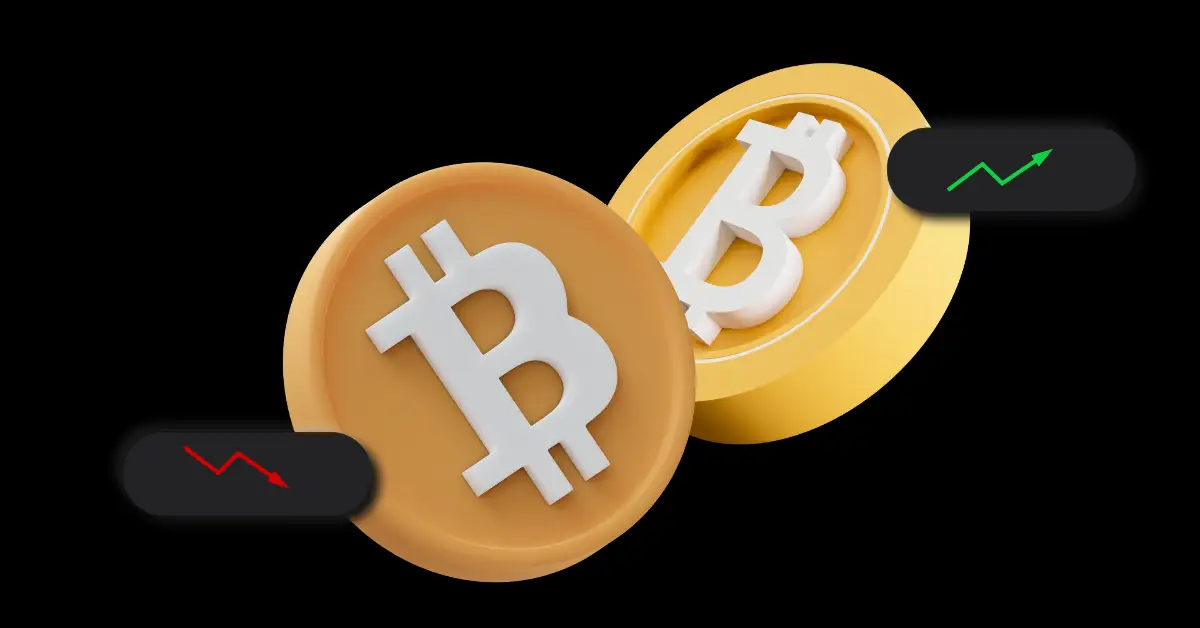
Understanding Bitcoin’s Fixed Supply and Its Future
Bitcoin, the pioneering cryptocurrency, is celebrated for its capped supply of 21 million coins. This limitation distinguishes it from traditional currencies, which can be printed without restriction, thereby protecting its value over time. However, a recent video from financial giant BlackRock has raised questions about the permanence of this cap.
Insights from BlackRock’s Video
In a recent video shared by Michael Saylor, BlackRock underscored Bitcoin’s capped supply as a crucial feature for controlling inflation and preserving value. Yet, they introduced an unexpected caveat: there’s “no guarantee” that the 21 million limit is immutable. This assertion has sparked widespread debate, prompting some to question the security of Bitcoin’s scarcity. Skeptics like Joel Valenzuela have even speculated that this might signal an intention to alter Bitcoin’s fundamental rules.
Is Altering Bitcoin’s Total Supply Possible?
Technically, Bitcoin’s supply cap can be changed, but the process is complex and contentious. Altering the 21 million limit would require a consensus among the Bitcoin community to implement a significant change known as a “hard fork.” This would result in the network splitting into two versions: one maintaining the original cap and another without it.
Many enthusiasts argue that removing the supply cap would fundamentally alter Bitcoin’s identity. As Bitcoin developer Super Testnet remarked, “The cap defines Bitcoin. Without it, it’s just something else entirely.” The debate often revolves around the interests of miners, who secure the network and receive new Bitcoin as a reward. These rewards are halved approximately every four years, and by 2140, all 21 million coins are expected to be mined. Post-2140, miners will depend solely on transaction fees for their revenue.
There are concerns that this might not sufficiently incentivize miners over time. While lifting the cap could ensure miners remain profitable, it would also undermine the core principle of Bitcoin’s scarcity, potentially destabilizing its value.
Historical Resistance to Change in the Bitcoin Community
The Bitcoin community has a strong track record of opposing significant alterations to its protocol. A notable example occurred between 2016 and 2017 when miners advocated for increasing Bitcoin’s block size to enhance scalability. Despite having 95% miner support, the idea was rejected by the broader community, illustrating the difficulty of making major changes to Bitcoin’s foundational rules.
The Risk of Altering Bitcoin’s Supply Cap
Currently, Bitcoin’s 21 million cap is integral to its identity and any modification to this parameter could have far-reaching consequences. Such a change might not only destabilize Bitcoin but also trigger a broader crash in the cryptocurrency market. Despite occasional short-term fluctuations, Bitcoin continues to show an upward trajectory, underlining its resilience and the importance of maintaining its core principles.
In conclusion, while discussions about Bitcoin’s supply cap are intriguing, any attempt to alter it must be approached with caution. Bitcoin’s scarcity is a cornerstone of its value proposition, and preserving this characteristic is crucial for its continued success. As the debate unfolds, the Bitcoin community remains vigilant in safeguarding the principles that define this revolutionary digital asset.






